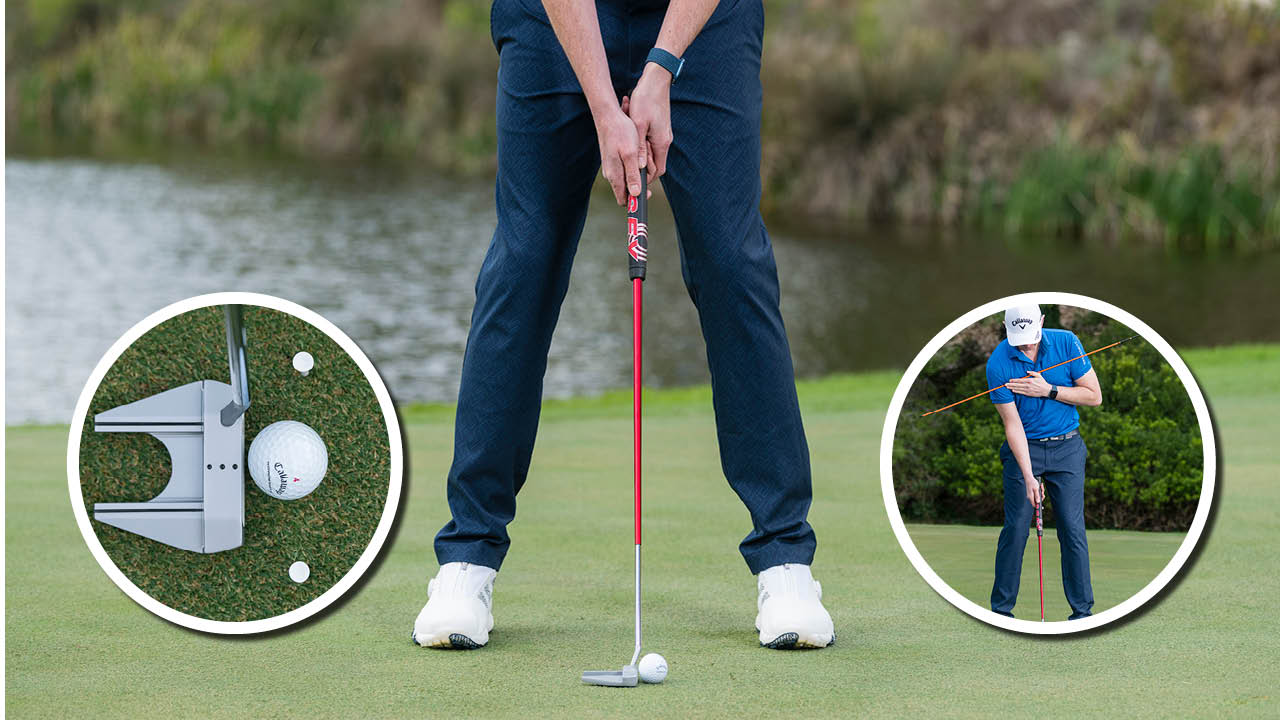
Golf Monthly created this content as part of a paid partnership with Callaway. The contents of this article are entirely independent and solely reflect the editorial opinion of Golf Monthly.
Putting consistently well is a hallmark of great golfers, so finding the best putting drills to incorporate into your practice routine is vitally important.
Thanks to advancements in the best putting mats and putting aids on the market, you don't even need to leave the house to be able to put in the hard work with the flat stick - so there really are no excuses!
By developing your understanding of how to read greens, and how to achieve better distance control with the putter, you will quickly notice the positive impact on your scores and your handicap.
In the video and article below, Golf Monthly Top 50 Coach Ben Emerson his expert putting tips and five brilliant putting drills that will help to limit those disastrous three-putts and holing out successfully more often...
Putting Drills: Fundamentals First
The fundamentals should form the framework of your putting practice checklist, irrespective of the drill being used, as they are so important to success on the greens.
Similarly to the golf swing itself, set-up is key when it comes to putting. Allow your arms to hang naturally down from your shoulders, and maintain a comfortable stance with your feet around shoulder-width apart.
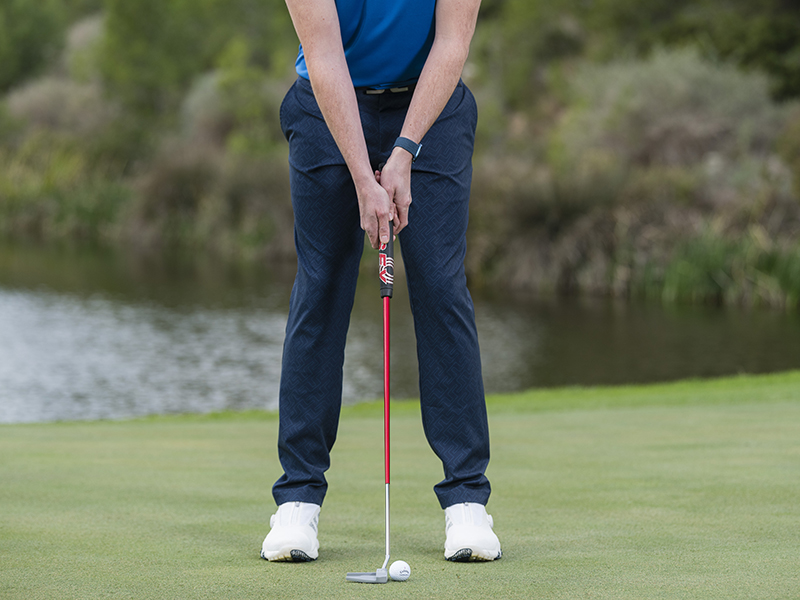
The way you grip the putter will also impact the outcome of your putt. There are a number of techniques that you can try, with many professional golfers using different grip styles on the various elite tours.
Some of the non-negotiables remain the same, however. Resist the temptation to hold the putter with your fingers, and instead use the palm of your hand. This will help to keep your hands locked together, and will promote a square club face.
In terms of pressure, it's better to keep things light. Tense muscles are weak and forgetful, so avoid the trap of squeezing the grip - especially when the pressure ramps up on the greens.
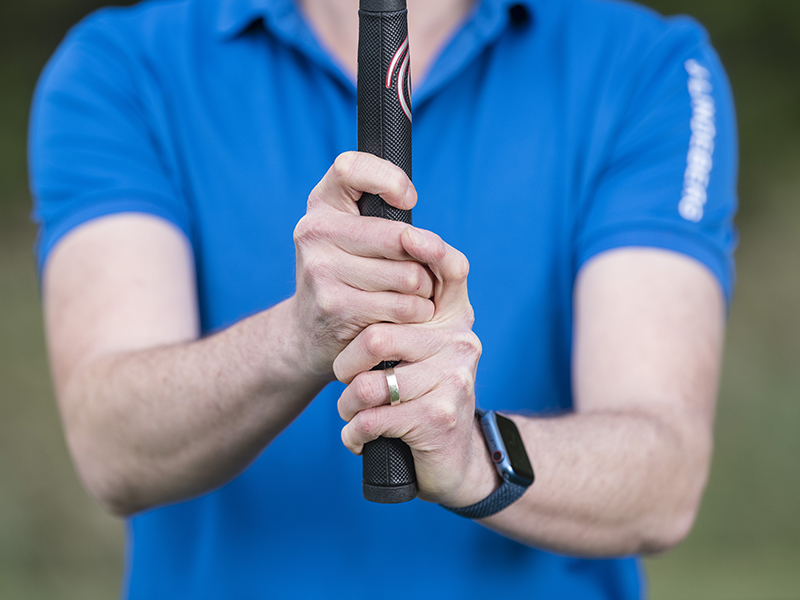
Finally, focus on alignment. For a straight putt, some amateur golfers incorrectly aim their body at the hole, when in fact they should be aiming parallel to the target. For right-handers, your body should point a little to the left at address.
With putts that move a little from the left or right, pick the start line and align your ball to a target no more than a few feet in front of you. This will help you to get the ball moving on the correct line and allow your speed to do the rest.
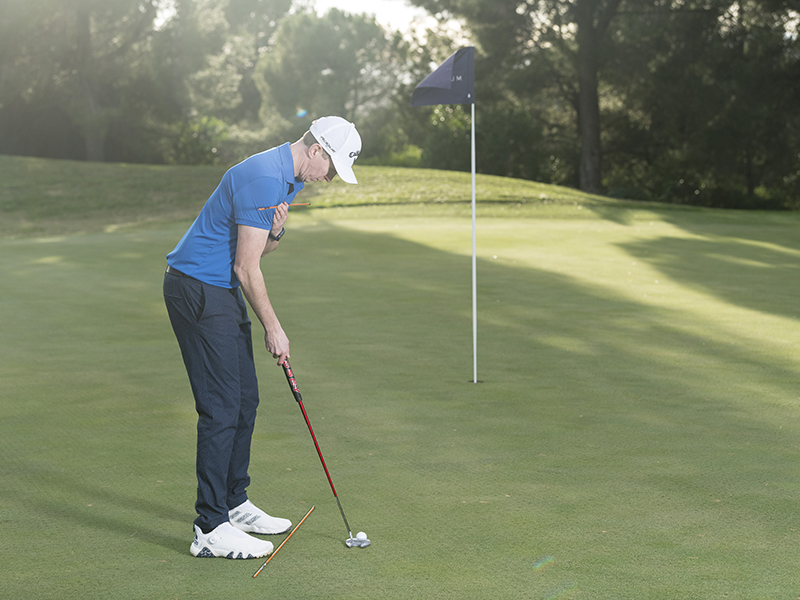
Putting Drill 1: Squaring The Face Up
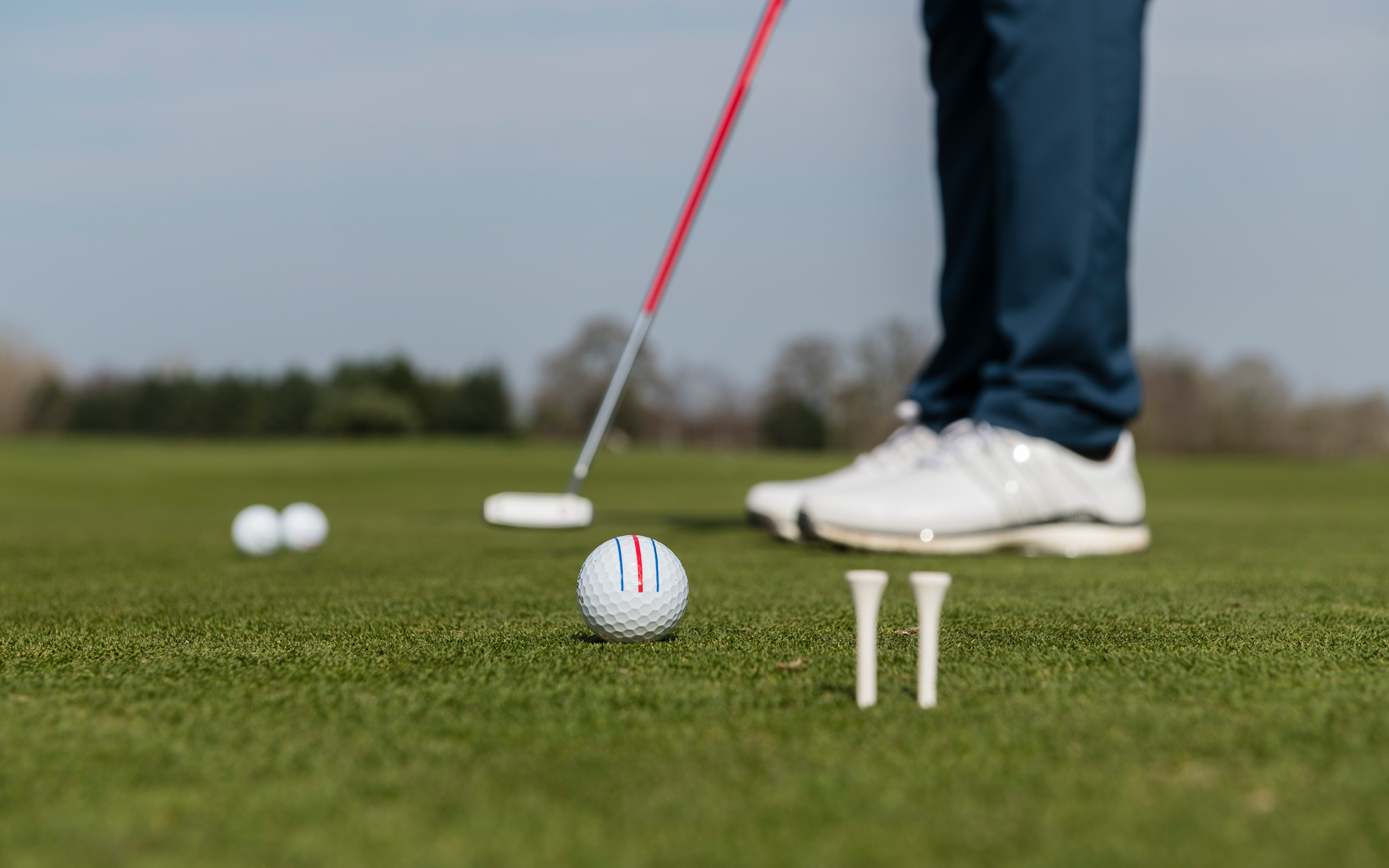
This is a great drill to do on the putting green to make sure you’re squaring the face up. Use the alignment aid on your ball - I’m using the triple track lines on the Callaway Chrome Soft - and point it directly at the target you’ve chosen. It could be a hole or a tee in the ground.
If you cut across the ball and leave the blade open, you’ll notice the lines won’t roll end over end and you’ll miss to the right. If you close the putter down too much, the lines will also be wobbly and the putt will miss left.
Next time you are on the practise green, see if you can get the ball to roll end over end towards your target. Don’t worry if you miss the first couple right or left as you know the reason. Make the adjustments required and make the most of the triple track technology in this simple drill that’ll help you stop pushing short putts.
Putting Drill 2: Distance Control
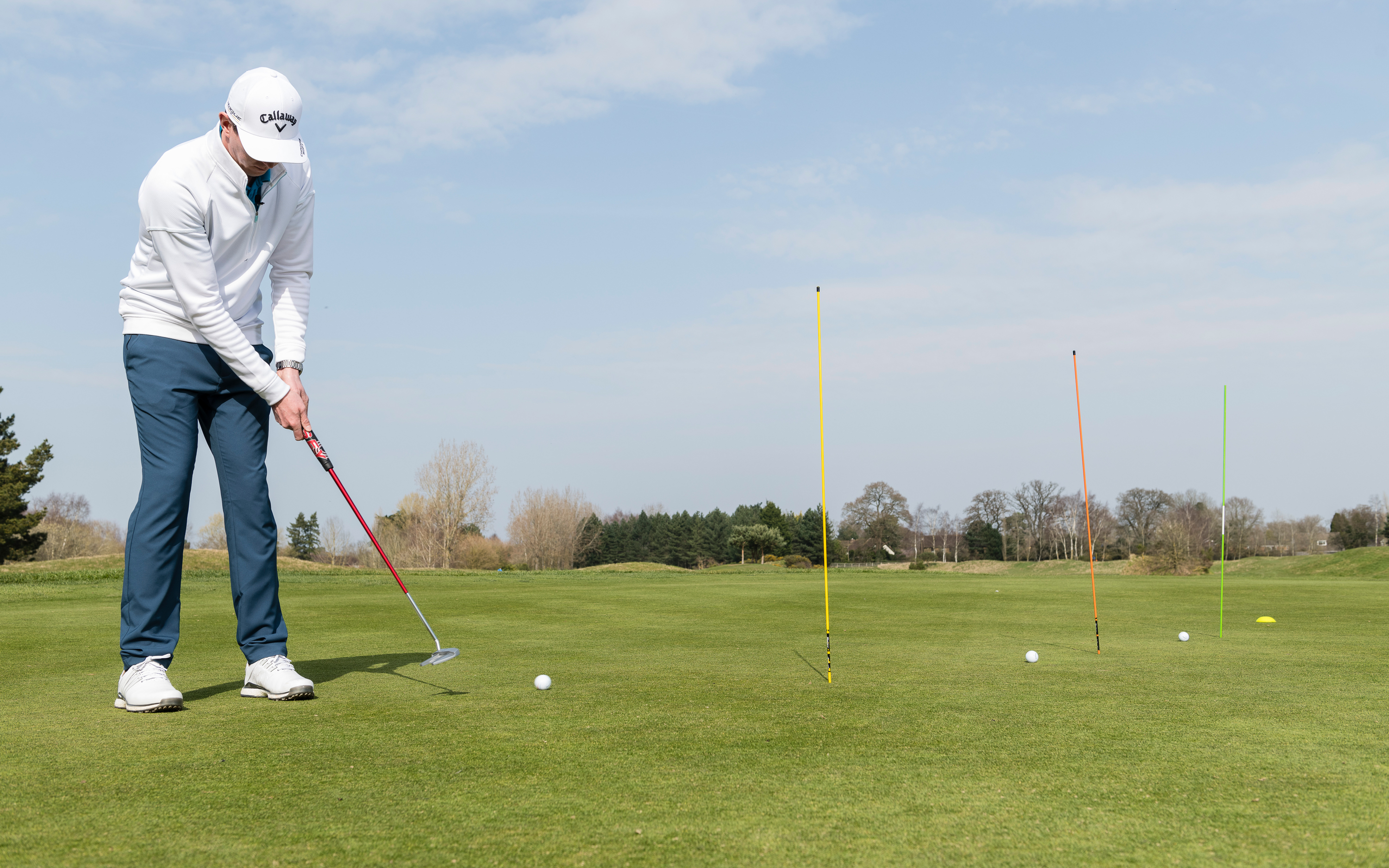
As we know, distance control is king. If you misread a putt by three feet but get the distance correct, you're still odds-on to convert the next one. Therefore it makes a lot of sense to dedicate time to learning how to judge putting distance.
In the video above, Ben has set up a ladder drill using three alignment sticks. The idea is to putt a ball and try to get it to stop within the station. If you do it, move onto the next and so on, until you’ve worked through all the stations, but if you fail, you have to start the whole thing again. It's the most popular drill on tour as it really helps to improve your putting feel. Once you get the hang of it, you can start to make the stations a little smaller.
Putting Drill 3: Take The Hole Out Of Play
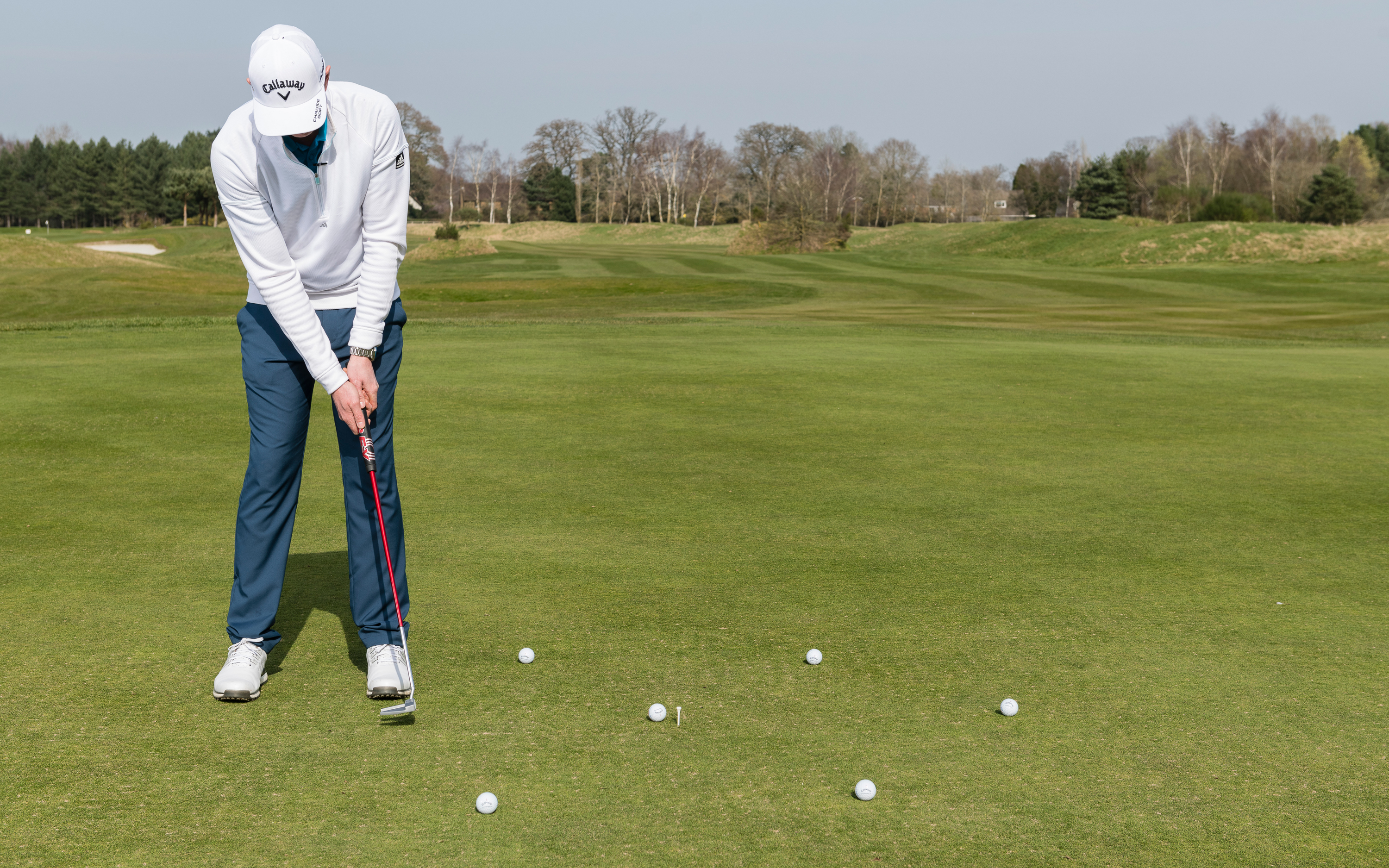
Right before heading to the first tee, so many golfers fall into the trap of ending their putting routines by just hitting a couple of balls towards a hole from short range. This might not sound like a negative, but it’s actually lose-lose practise.
If you hole it, you feel like that’s what you should be doing anyway, so you haven’t gained much. If you miss, even if it’s just one from 100 attempts, the chances are you’ll be thinking of the one you missed on the green when it matters.
A great way to build your confidence during those final pre-round preparations is to take the hole out of play completely. Instead, use a tee and lay out a circle of balls. Putt each ball towards the tee, and use the smaller target as an opportunity to hone your focus before you face the first green. It's a simple way to learn how to hole out more efficiently.
Putting Drill 4: Nine-Ball Drill
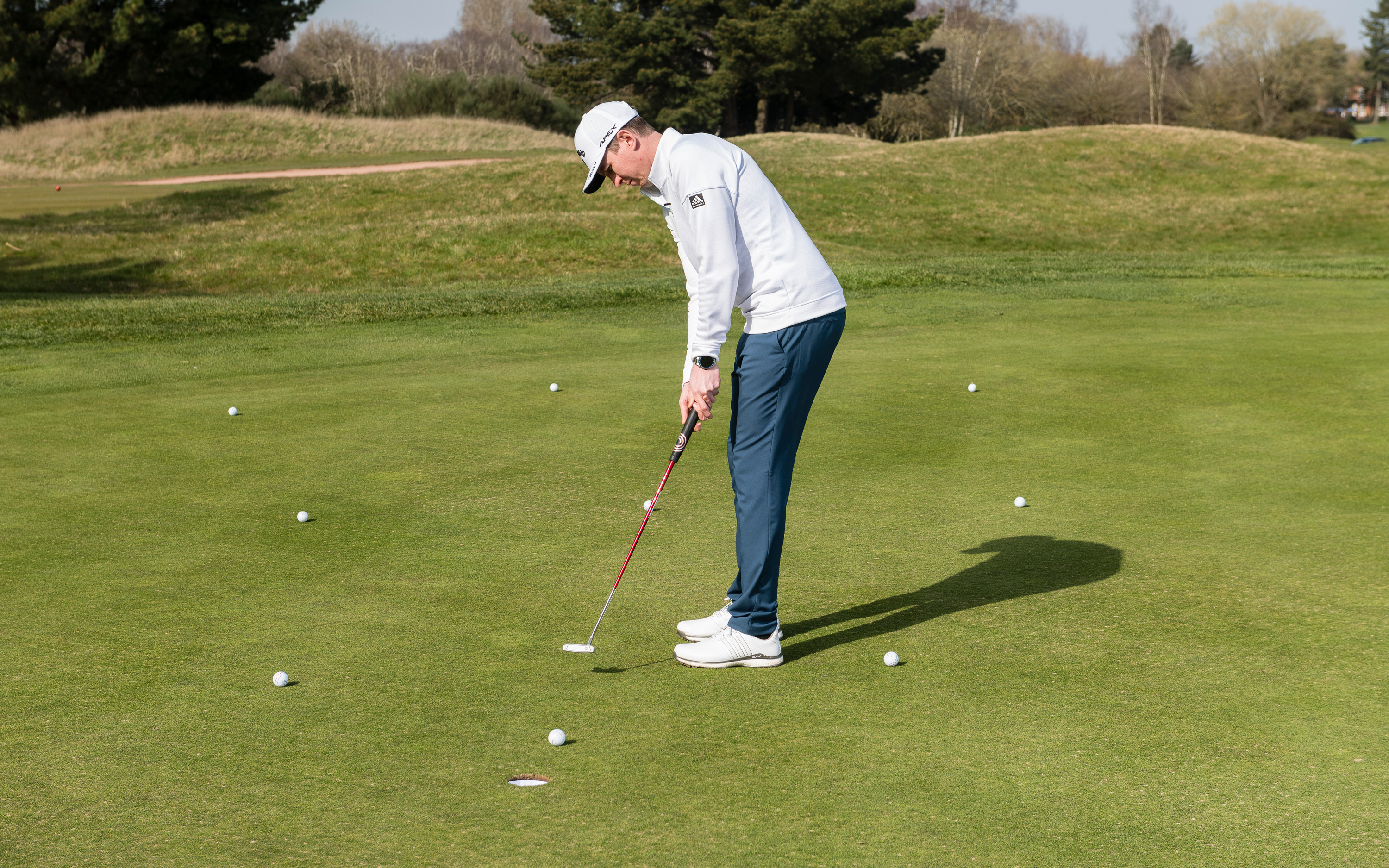
One of the things golfers are guilty of before they begin their round is practising their putting with three balls. This has no resemblance to the real-life scenarios you’re about to be faced with. You only get one go on the course, so why not practise that way?
Instead, add this to your bank pre-round putting drills. Set up nine golf balls at short, medium and long range. Create a scoring system, or set yourself a target, and make sure you’re hitting the putts in a completely random order. This is a great way to add pressure to your putting practise, which is more likely to translate onto the course when it really matters.
Putting Drill 5: Gate Drill
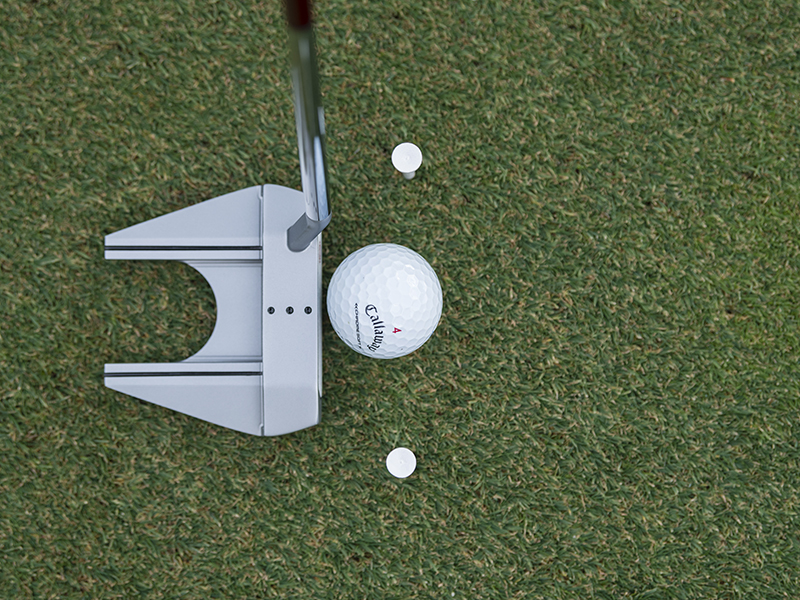
When putting it is crucial to make good contact. Even if the face is square, poorly struck putts make distance control difficult and can impart unwanted spin that throws the ball off line. This drill, made famous by Tiger Woods, will help. Place a tee either side of your putter at address. Then, hit some putts trying to miss the tees. This will improve the quality of your strike, leading to more holed putts.







